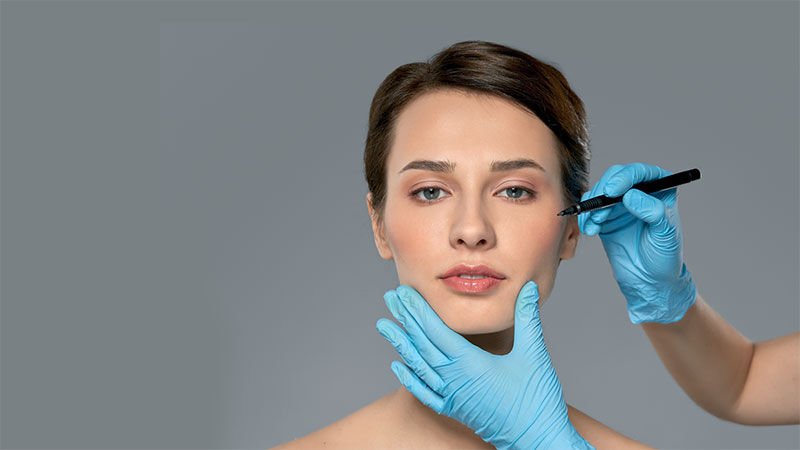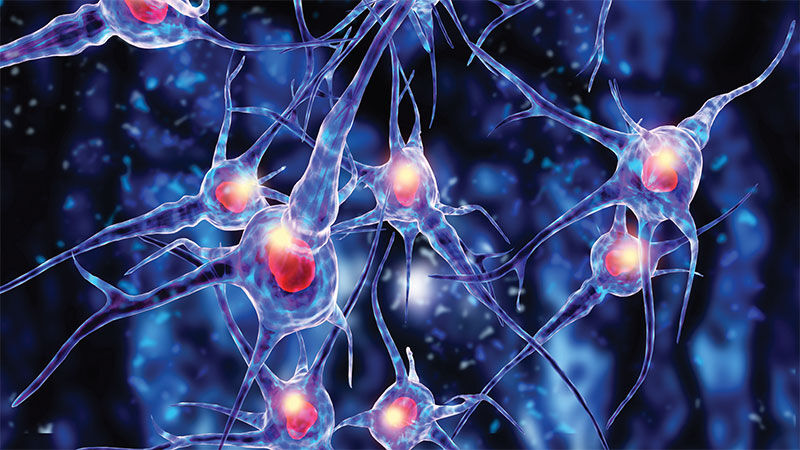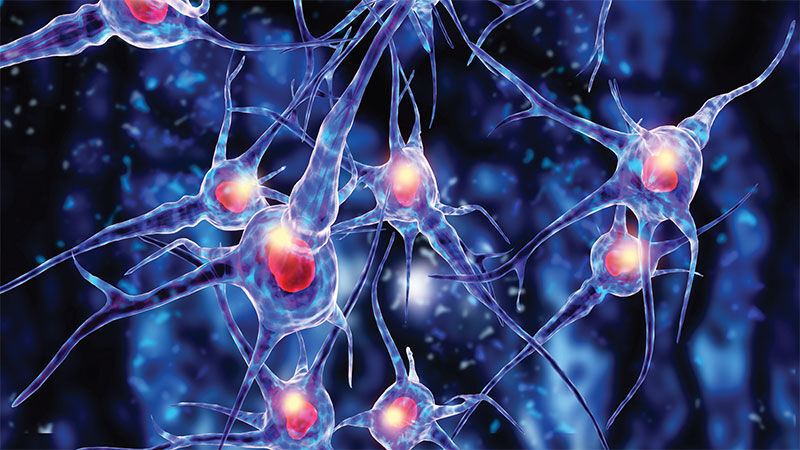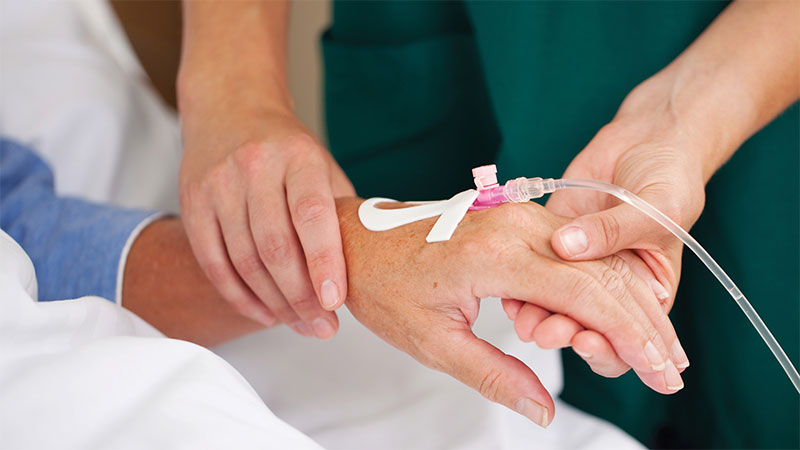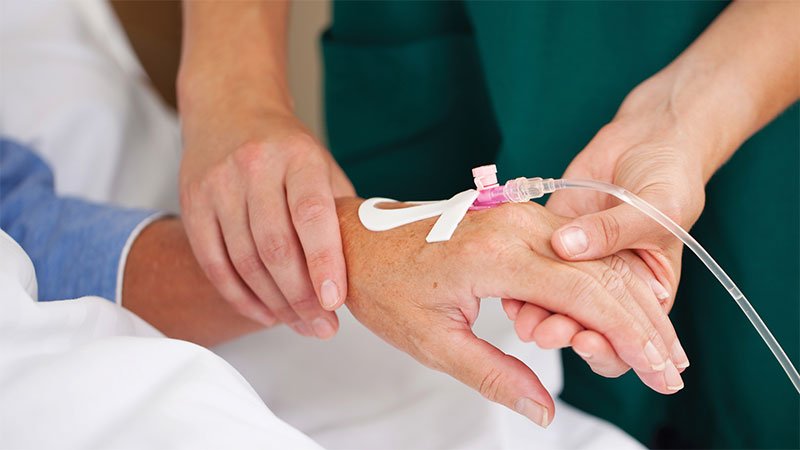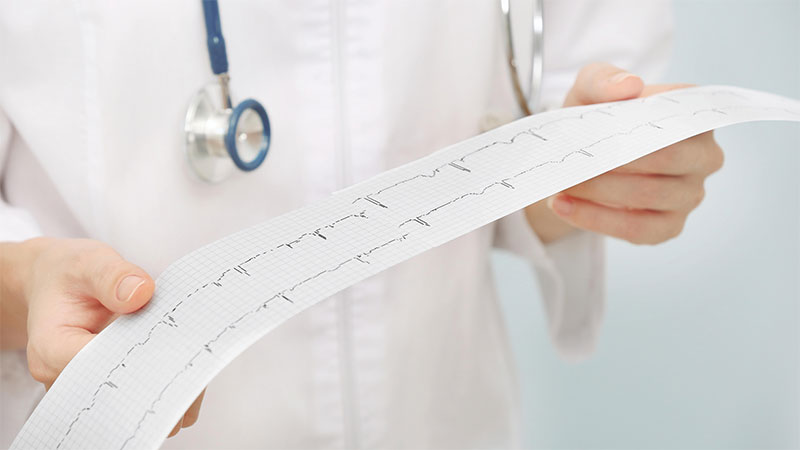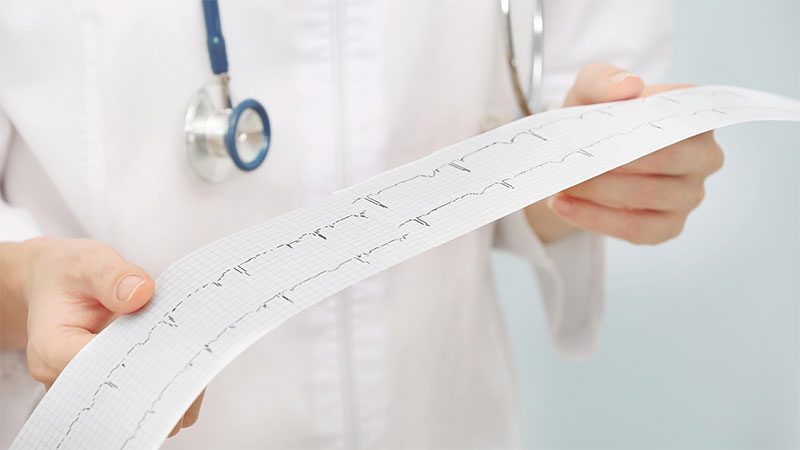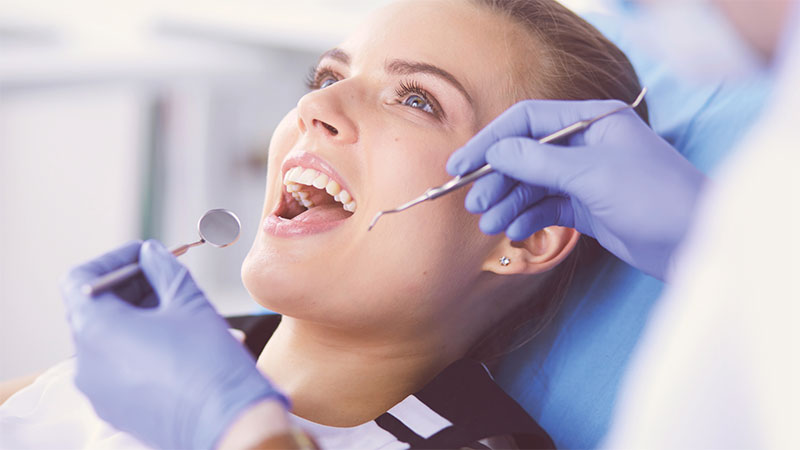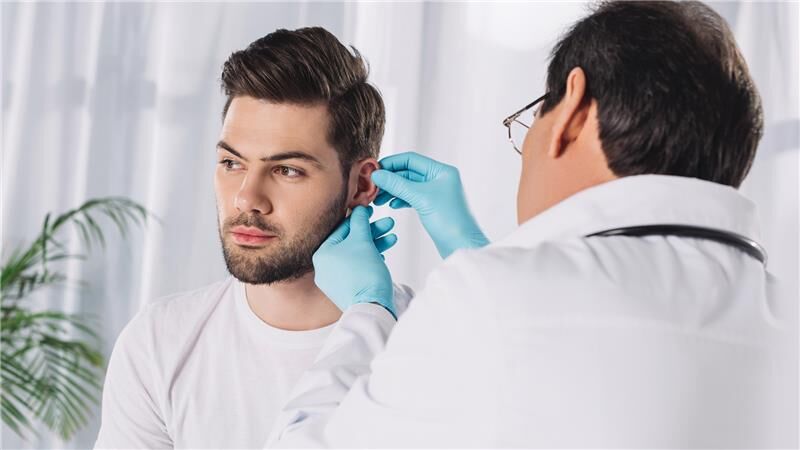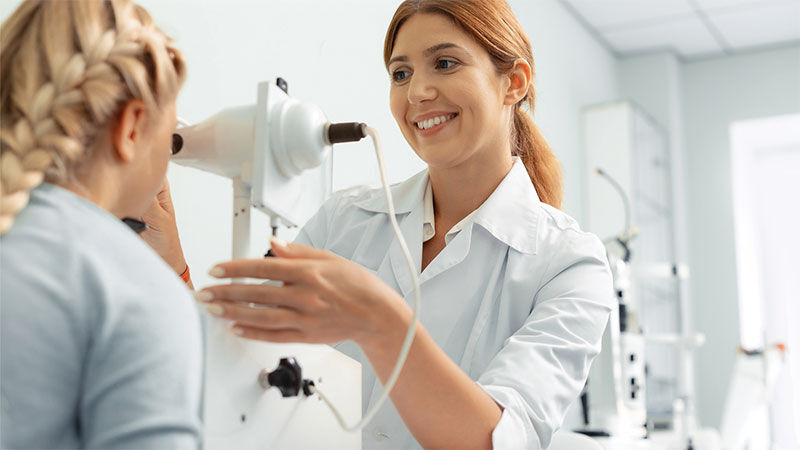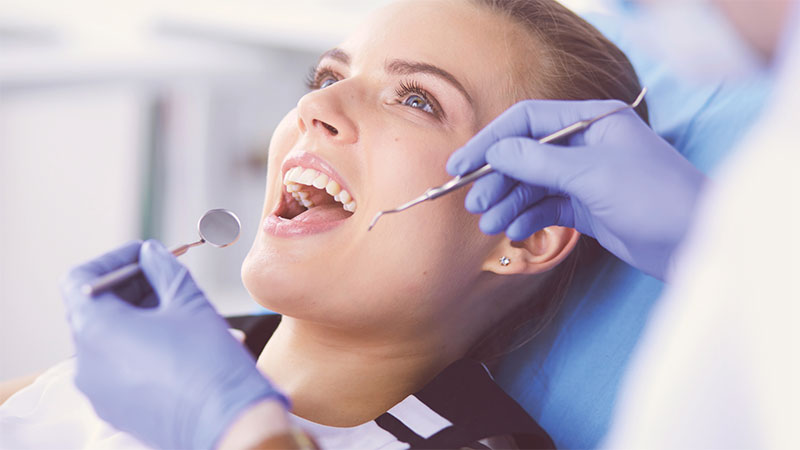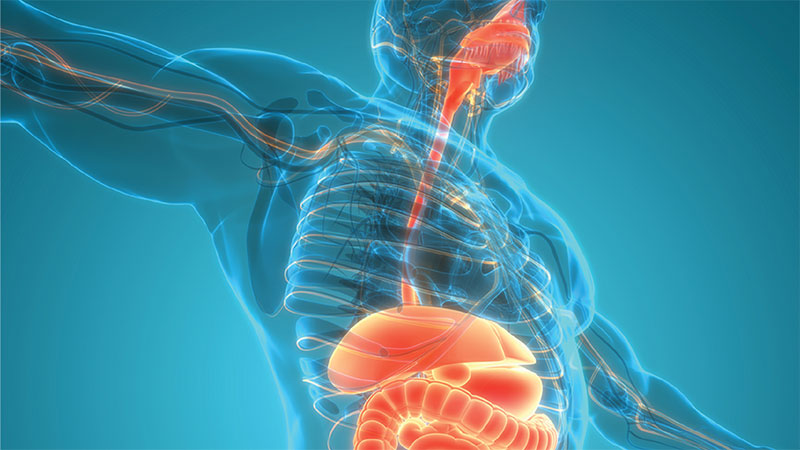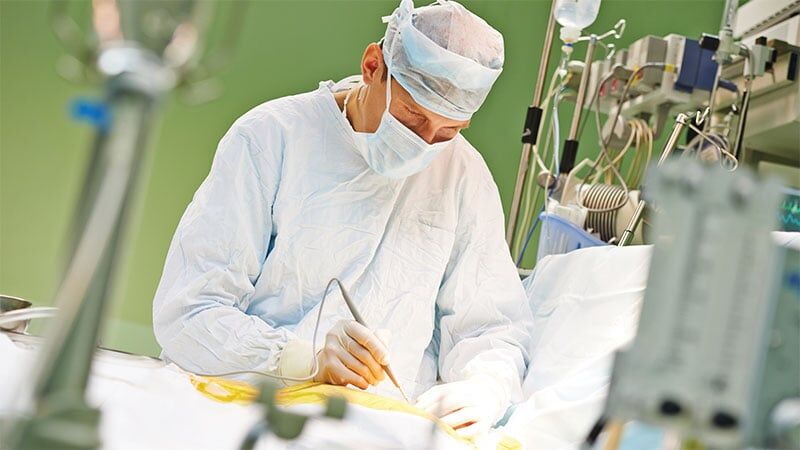Trabzon In Vitro Fertilization
Trabzon In Vitro Fertilization
During the classical in vitro fertilization method (IVF), mature eggs are retrieved from the ovaries and fertilized by sperm in a laboratory. The fertilized egg (embryo) or eggs (embryos) are then transferred to the uterus. The IVF cycle takes about three weeks. Sometimes these steps are split into different parts and the process can take even longer. When applying the microinjection (ICSI) technique, a single sperm cell taken from the father-to-be is inserted into the egg cell obtained from the mother-to-be with a thin needle under the microscope, and thus fertilization occurs. Especially in male-induced infertility (infertility), the chance of fertilization and pregnancy increases with the microinjection method.In vitro fertilization (IVF), one of the methods that enables individuals with various fertility problems to have children, is the most effective form of assisted reproductive technology.
Robert Edwards and Patrick Steptoe , who collaborated on the IVF method, are considered to be pioneers of IVF , when the first 'in vitro fertilization' Louise Brown was born on July 25, 1978. In vitro fertilization treatment, which is applied in cases where women cannot become pregnant naturally, includes many methods, especially vaccination.
The step -by- step IVF process
In its most general definition, IVF treatment includes the fertilization of egg cells taken from the woman and the sperm cells taken from the man in the laboratory environment and the placement of the fertilized embryo into the uterus of the woman. Since the first successful IVF attempt in 1978, much progress has been made in IVF.
Stage 1: Egg production stimulated by hormone therapy
Normally, one egg per month in women grows, matures and hatches. If a single egg is taken in IVF procedures, the egg may not be fertilized or a healthy embryo may not develop after fertilization. For this reason , many eggs are tried to be obtained by using ovarian stimulating drugs in IVF . Treatment is started according to the results of vaginal ultrasonography and blood hormone results on the 2nd day of menstruation. At the beginning of the treatment, the drug doses are determined according to the body mass index (kg/m2) of the person, the ovarian reserve, the drug doses used in the previous treatments if IVF has been performed before, and the number of eggs collected. Drug doses and treatment protocols are determined specifically for each patient and individualized treatment protocols are applied.
Several different medications may be needed, such as:
Medications for ovarian stimulation: An injectable medication containing a follicle stimulating hormone (FSH), a luteinizing hormone (LH), or a combination of both may be taken to stimulate the ovaries. These drugs allow more than one egg to develop at a time.
Medicines used for oocyte maturation : When the follicles are ready for egg retrieval, (HCG) or other drugs are taken to help the eggs mature.
Medicines used to prevent premature ovulation: These medicines prevent the body from releasing the developing eggs too soon.
Medicines used to prepare the lining of the uterus: On the day of egg retrieval or during embryo transfer, your doctor may recommend that you start taking progesterone supplements to make the lining of your uterus more open to implantation.
Although the process of stimulating the ovaries shows individual differences, it takes about 10-12 days. During this period, vaginal ultrasonography is performed at intervals of 2-3 days, and the development of the follicles in the ovaries is monitored, and the hormone levels in the blood are checked to measure the response to drugs. When the follicles in the ovaries reach a certain size, rhCG or GnRH analog is made, which ensures the maturation of the eggs. It is very important that this needle is made at the right time and in the right way. If the needle in question is not made at the right time and in the right way, the egg cannot reach sufficient maturity and the process may fail. Approximately 36 hours after this last injection, the egg collection process begins.
Stage 2: Eggs taken from the ovary
A mild sedative or anesthetic is given to the expectant mother so that she does not feel pain or other discomfort during egg retrieval. The doctor aspirates eggs from the woman's ovaries using an ultrasound vaginal probe with a thin hollow needle attached to it. This process takes about 12-30 minutes. These samples are sent to the laboratory without losing time. If the ovaries are not accessible by transvaginal ultrasound , an abdominal ultrasound can be used to guide the needle. The eggs are removed from the follicles with a needle attached to a suction device. Expectant mothers may experience cramping and a feeling of satiety or pressure after egg retrieval.
Stage 3: Sperm retrieval
On the same day as egg collection, a sperm sample is requested from the father-to-be. The sperm provided by masturbation is immediately sent to the laboratory. For fathers whose semen does not contain sperm, sperm can be surgically removed from the ovaries. Sperm are separated from the semen in the laboratory.
Stage 4: Egg and sperm are combined to ensure fertilization
In the classical IVF treatment, sperm and eggs are mixed in a petri dish and then brought together in the culture medium prepared in the laboratory and expected to be fertilized. During this period, your doctor will check for signs of fertilization and monitor the growth of the embryos. In cases where the microinjection technique (ICSI) is used, the sperm is injected into the egg. ICSI is usually performed when there is a problem with sperm (semen) quality or number, when fertilization attempts have failed during previous IVF cycles.
Stage 5: Fertilized eggs are placed in the mother's womb
After fertilization takes place, embryo development is followed and the transfer process is performed on the appropriate day. However, the transfer days vary according to the strategies of the IVF centers, the number of eggs obtained by the couple, and the quality of the developing embryo. The number of embryos to be transferred is selected according to the quality and period of developing embryos, taking into account the age of the woman and previous failed IVF attempts. On the day of the embryo transfer, the embryo is transferred to the uterus of the woman with the help of a thin catheter. Daily administration of progesterone or HCG is recommended to strengthen and support the uterine lining and increase the likelihood of implantation . Most women can experience minimal pain and discomfort from hormone injections. After the transfer, half an hour of rest is sufficient. Because it has been determined that bed rest longer than half an hour does not have an effect on increasing the chance of pregnancy.
Typical side effects after embryo transfer include:
Coming of a small amount of clear or bloody fluid shortly after the procedure. (Due to swabbing of the cervix before embryo transfer )
Breast tenderness due to high estrogen levels
Mild bloating sensation
mild cramping
Constipation
Back and groin pain similar to menstrual pain
Expectant mothers should not have sexual intercourse until the pregnancy test, should not smoke, should not use any medication without consulting a doctor. (Painkillers should not be used unless necessary.) In this process, expectant mothers; He can cook, go up and down stairs, take a walk. However, after embryo transfer, activities such as sports, heavy work, heavy lifting should not be performed until the pregnancy test result is obtained.
On the other hand, expectant mothers can go to the toilet and take a bath. While cleaning, the inside of the chamber should not be washed. Because this process will cause changes in the normal physiological environment of the vaginal canal, causing infections.
Note: If you experience moderate or severe pain after embryo transfer, you should consult your doctor. Your doctor; will evaluate for complications such as infection, ovarian twisting (ovarian torsion), and severe ovarian hyperstimulation syndrome.
Stage 6: Pregnancy test is done
After an average of two weeks after embryo transfer, a pregnancy test is applied to determine whether pregnancy has occurred. If the results are positive as a result of the test, ultrasound control is performed approximately 10 days later to see the condition of the gestational sac.
- Days Locations 2 / Treatments







